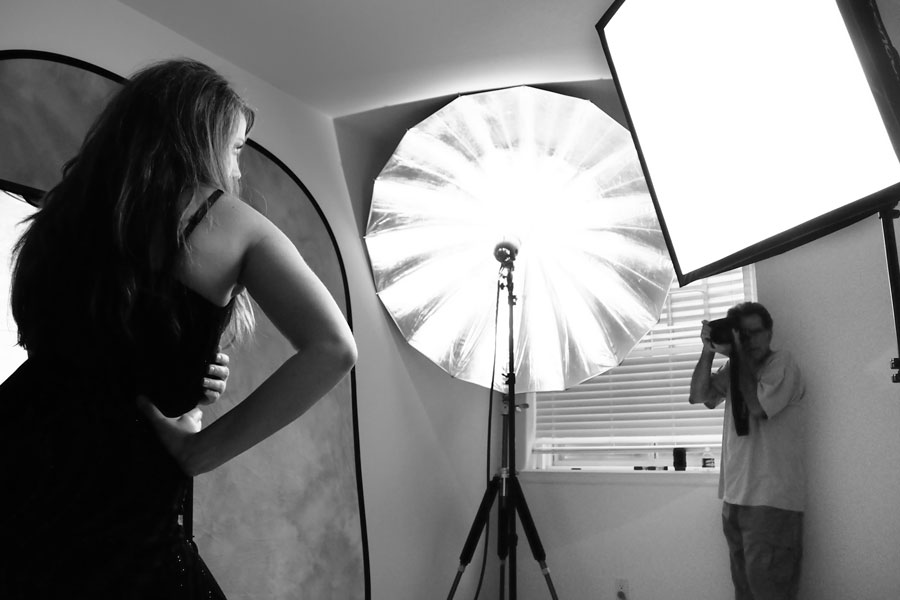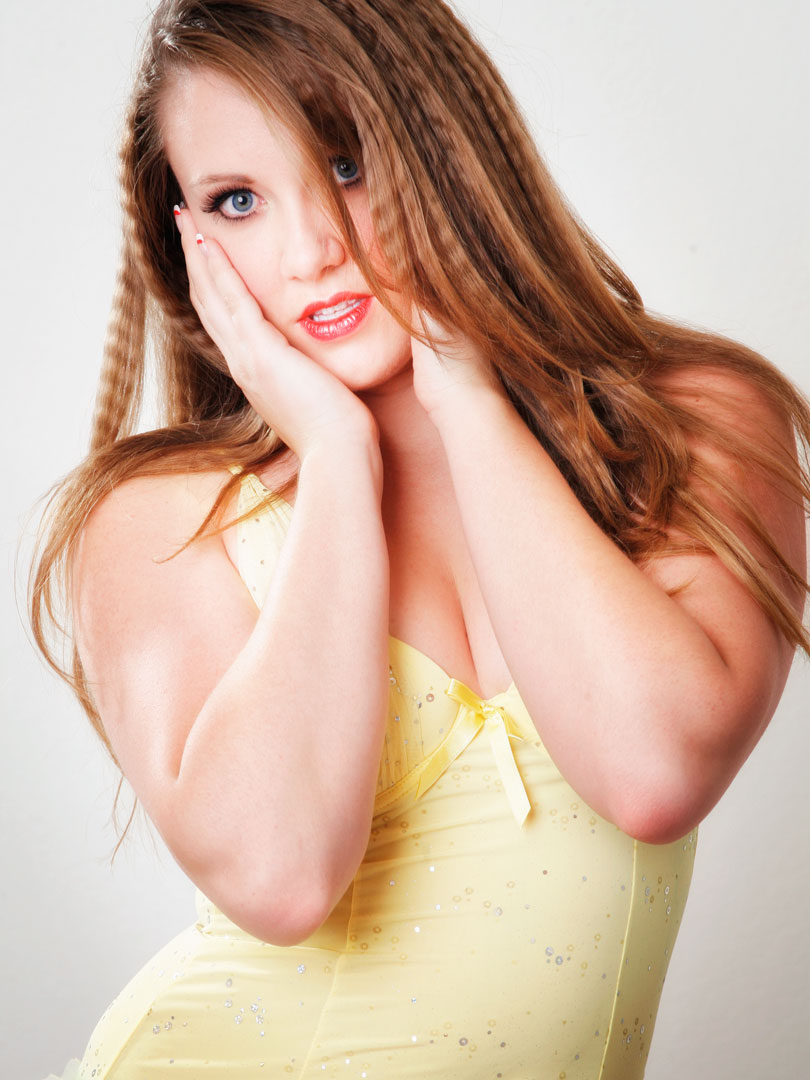Today’s Post by Joe Farace
 One way to think of a softbox is as a more directional umbrella. In practice, a softbox is basically a black box with one side covered in diffusion material that lets light pass through it onto a subject. You will occasionally hear softboxes called “light box” and even “lightbanks.” I prefer the more generic term “softbox” because it can refer to the many shapes and sizes they’re available in.
One way to think of a softbox is as a more directional umbrella. In practice, a softbox is basically a black box with one side covered in diffusion material that lets light pass through it onto a subject. You will occasionally hear softboxes called “light box” and even “lightbanks.” I prefer the more generic term “softbox” because it can refer to the many shapes and sizes they’re available in.
Any light source that’s placed inside a softbox (or outside as in some models produced by Westcott) can be aimed to shoot through the diffusion material on its front toward the subject or it can be bounced into the back of the box before exiting the front creating more diffuse light. Some softboxes let you use them either way so you can have more powerfully direct, yet softened light or the maximum possible soft light experience.
 There are lots of reasons to use a softbox: One is the clean unobstructed highlight that’s reflected in the subject whether it’s a reflective subject like a product or a portrait subject’s eyes. The other is the ability to use a shorter distance between the light and the subject maximizing the softbox’s broad light modeling. You also obtain improved control of the light because a softbox’s flat two dimensional diffuser is direct (or can be feathered) while its opaque shell keeps light from spilling onto surrounding objects or creating flare into the camera lens.
There are lots of reasons to use a softbox: One is the clean unobstructed highlight that’s reflected in the subject whether it’s a reflective subject like a product or a portrait subject’s eyes. The other is the ability to use a shorter distance between the light and the subject maximizing the softbox’s broad light modeling. You also obtain improved control of the light because a softbox’s flat two dimensional diffuser is direct (or can be feathered) while its opaque shell keeps light from spilling onto surrounding objects or creating flare into the camera lens.
One of the downsides of using softboxes is as they get bigger they also get deeper. Noted lighting innovator Gary Regester created a lightbank with a thinner-than-normal profile called the Plume Wafer. The narrow profile results from using a clever combination of an aluminum tubes and fiberglass rods. Special pole pockets inside the softbox reinforce the corners. The Wafer has a narrow profile and its silver-with-white interior and graduated inner baffles create efficiencies allowing a choice of contrast across the front diffuser panel. All of the softbox’s inner baffles, rear closures and speed rings are interchangeable; I use the Balcar-compatible speed ring used by Paul C Buff lighting. For all of these reasons it’s the go-to softbox that I use with my DigiBee monolight in my home studio for most of my recent portrait, glamour and boudoir photography.
How I Made this Photo: Today’s featured portrait was made while working with Amber Nicholson in my home studio. The main light with 28-inch square Broncolor softbox is placed at camera left. Fill is provided by a second Broncolor head with a (no longer available) 60-inch Booth Photographic parabolic umbrella mounted. I cranked up the power in the second head, lowering the lighting ratio to 2.5:1 but the combination of the Broncolor softbox and the big umbrella produced excellent light quality.
 If you enjoyed today’s blog post and would like to buy me a cup of Earl Grey tea ($2.50), click here. And if you do, thank you very much.
If you enjoyed today’s blog post and would like to buy me a cup of Earl Grey tea ($2.50), click here. And if you do, thank you very much.
My book Joe Farace’s Glamour Photography is full of tips, tools and techniques for glamour and boudoir photography with new copies available from Amazon for $31.77. Used copies are starting at the hard-to-beat price price of around five bucks and the Kindle version is $19.99 for those who prefer a digital format.